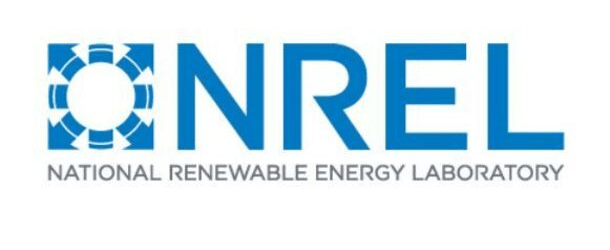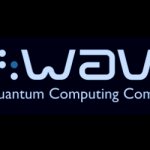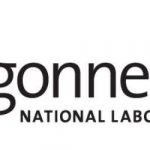Highest efficiency 1-sun solar cell using “quantum well” research

(ScienceDaily) Researchers at the U.S. Department of Energy’s National Renewable Energy Laboratory (NREL) created a solar cell with a record 39.5% efficiency under 1-sun global illumination. This is the highest efficiency solar cell of any type, measured using standard 1-sun conditions. IQT-News summarizes below with attention to the quantum technology aspects.
The improvement in efficiency followed research into “quantum well” solar cells, which utilize many very thin layers to modify solar cell properties. The scientists developed a quantum well solar cell with unprecedented performance and implemented it into a device with three junctions with different bandgaps, where each junction is tuned to capture and utilize a different slice of the solar spectrum.
The III-V materials, so named because of where they fall on the periodic table, span a wide range of energy bandgaps that allow them to target different parts of the solar spectrum. The top junction is made of gallium indium phosphide (GaInP), the middle of gallium arsenide (GaAs) with quantum wells, and the bottom of lattice-mismatched gallium indium arsenide (GaInAs). Each material has been highly optimized over decades of research.
“A key element is that while GaAs is an excellent material and generally used in III-V multijunction cells, it does not have quite the correct bandgap for a three-junction cell, meaning that the balance of photocurrents between the three cells is not optimal,” said France, senior scientist and cell designer. “Here, we have modified the bandgap while maintaining excellent material quality by using quantum wells, which enables this device and potentially other applications.”
The scientists used quantum wells in the middle layer to extend the bandgap of the GaAs cell and increase the amount of light that the cell can absorb. Importantly, they developed optically thick quantum well devices without major voltage loss. They also learned how to anneal the GaInP top cell during the growth process in order to improve its performance and how to minimize the threading dislocation density in lattice-mismatched GaInAs, discussed in separate publications. Altogether, these three materials inform the novel cell design.
https://www.sciencedaily.com/releases/2022/05/220524171211.htm
Sandra K. Helsel, Ph.D. has been researching and reporting on frontier technologies since 1990. She has her Ph.D. from the University of Arizona.





















